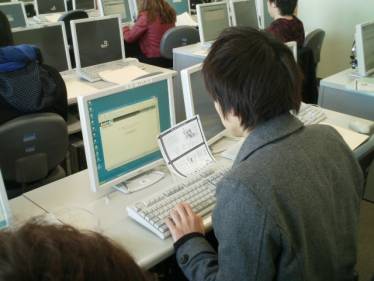Recently, my google alerts led me to this interesting article by Bill Powell at "Keep What You Learn."
Just the day before, I had been having similar problems with with the Anki decks I have made from my Japanese - Rosetta Stone materials. Some of the decks are very large, and reviews can feel disjointed and disconnected, all of which can be very discouraging...
So I tried something that might be helpful. With my primary Rosetta Stone deck of almost 3000 cards, I had gotten behind in my reviews to the tune of almost 1500 cards. It seemed hopeless. So I decided to use the tags to only study the cards from the most recent lesson - about 260 cards. This did two things that really seemed to help.
One was psychological: suddenly the number of reviews did not seem overwhelming, and I felt empowered to study in a dedicated fashion. I know all the other reviews are waiting out there for me, but reviewing now felt like a positive experience. I'm excited again and pushing myself to zero out the deck.
The second thing was that now all the cards were from the same lesson: all about food, cooking, tools, building, etc. They were clustered again, and the context helped reinforce the connections, making it easier to remember and learn.
So perhaps the key is to break up large decks into more manageable chunks, both in terms of number and content? It creates the feeling of control and progress, something vital to keep up the motivation to study!
On a similar note, I have a review deck for the first 2000 kanji that I keep chipping away at. I also have a deck of new kanji with 330 cards and climbing that I am able to zero out every morning - a small victory that keeps me motivated!
Any thoughts?
